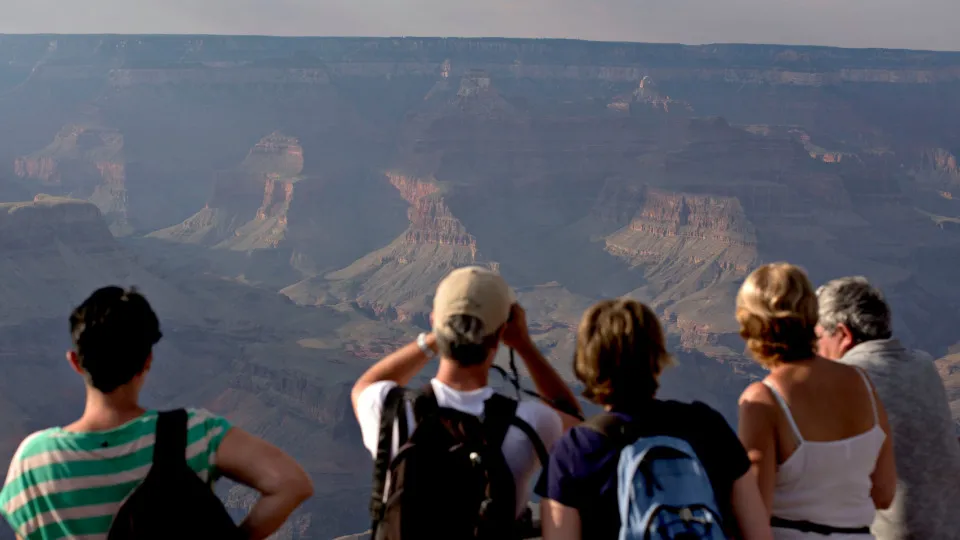In the heart of the world’s untouched wilderness, there are entire swathes of land that beckon adventurers with the promise of natural beauty. But despite the grandeur and majesty to be found in national parks, there lies a hidden trail fraught with missteps and pitfalls. From the novice wanderer to the seasoned explorer, visitors are often blind to the potential dangers that await if they aren’t careful.
But what are the biggest mistakes to look out for when visiting a national park? Click through this gallery to find out.



